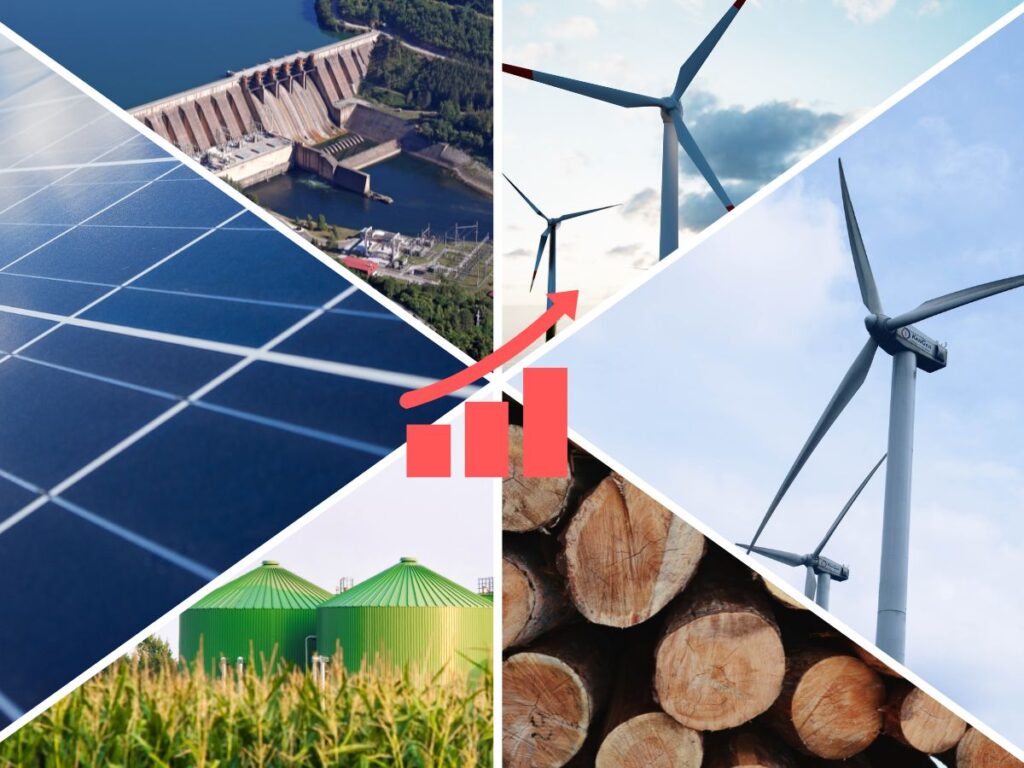The American energy scene is undergoing a notable transformation following the surprise reduction of interest rates by the Federal Reserve. With a significant decrease in these rates, largely influenced by increasing concerns about stability in the Middle East, the renewable energy sector is set to be the big winner from this decision. Citi analysts warn that the Fed may continue this trend of rate cuts, further fueling the rise of clean energy on American soil.

The recent decision by the Federal Reserve to lower interest rates has sparked a wave of optimism across many sectors, especially in clean energy. This unexpected move could transform the energy landscape, facilitating investments in renewable energy and bolstering sustainable development initiatives. This article explores how this reduction in interest rates promotes clean energy and examines future prospects for the market.
Immediate Impacts of the Fed’s Interest Rate Cut
The U.S. energy sector, particularly the renewable energy sector, has already begun to feel the effects of the rate cuts. The Federal Reserve’s announcement, marked by a significant reduction in rates, has triggered a renewed sense of confidence among investors. Lower financing costs now make clean energy projects, which often require substantial initial investments, more attractive.
Increased Opportunities for Renewable Energy
This decrease in interest rates represents a golden opportunity for companies in the renewable energy sector. With more accessible financing, large-scale projects such as wind and solar farms can see quicker implementation. Additionally, small businesses and startups focused on energy innovation are now finding fertile ground to develop cutting-edge technologies.
The Dynamics of the Clean Energy Market
The Fed’s decision could be the first of a series of rate cuts, as Citi analysts predict a potential reduction of 200 basis points in future meetings. This trend could create a positive long-term dynamic for clean energy. Companies betting on green technologies could benefit from favorably stable financing conditions, encouraging them to accelerate their projects and expand their capacities.
Global and Geopolitical Implications
In addition to the immediate economic benefits, this rate cut could also have notable geopolitical repercussions. The current uncertainties in the Middle East, combined with a U.S. monetary policy favoring low rates, could redirect capital towards more stable and sustainable energy sources. This rebalancing of investments could strengthen the position of renewable energy on the global stage.
Upcoming Challenges
Despite the favorable outlook, the renewable energy sector still faces several challenges. Environmental concerns and regulations can vary from country to country, complicating the standardization of projects. Furthermore, selling competitive and profitable technologies remains a priority to attract financing. The consistency of national and international policies on clean energy will be crucial to fully leverage this favorable environment.
In conclusion, the unexpected reduction in interest rates by the Federal Reserve has created a conducive environment for the expansion of renewable energies. Although challenges remain, easier access to financing and positive geopolitical perspectives provide a tremendous opportunity to transform the global energy sector. As the Fed continues to adjust its monetary policy, clean energy could very well become the major beneficiary of this new dynamic.
Une énergie propre et abordable est une nécessité pour les petits États insulaires en développement (PEID).
— ONU Développement (@pnudfr) July 7, 2024
Le PNUD aide les petites îles à augmenter leur part d'énergie durable et à tendre vers une production d'énergie 100 % renouvelable. https://t.co/YS6CTslYmy#SIDS4 pic.twitter.com/4oiuGdbHsL
Articles similaires
Thank you!
We will contact you soon.














